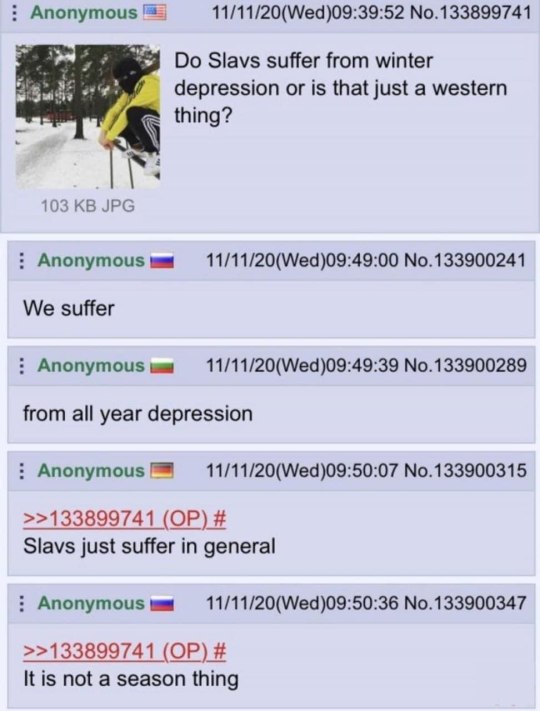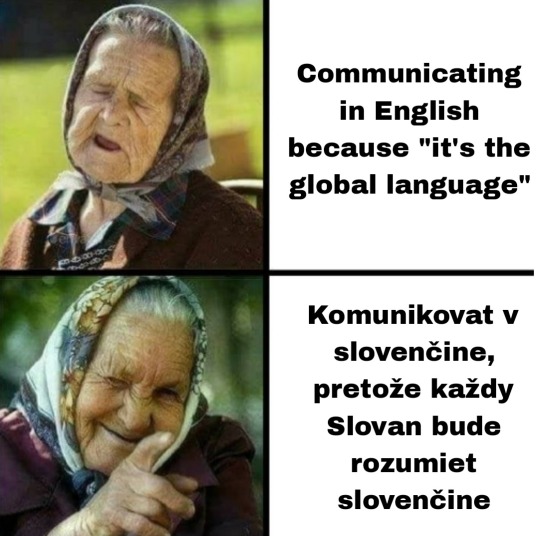#slavs
Text

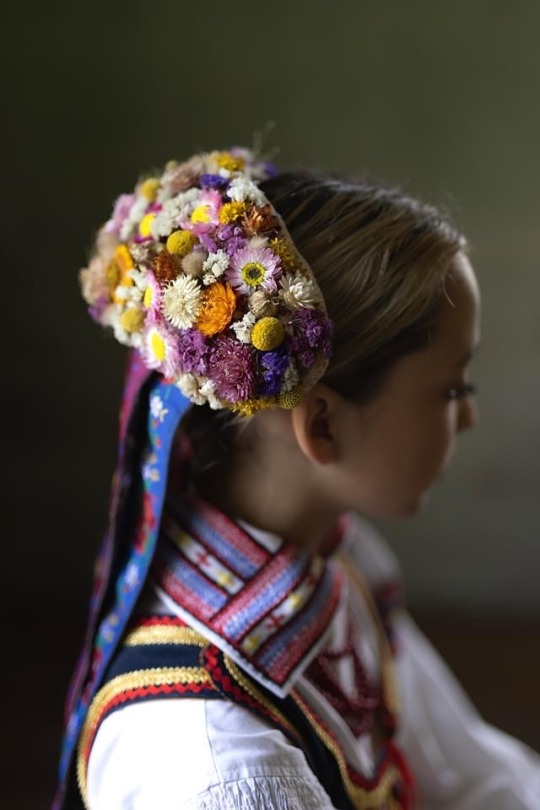
Krzczonów, Lublin area.
source: Koło Gospodyń i Gospodarzy Krzczonów Sołtysy
photo by: Martyna Jarosz
244 notes
·
View notes
Text




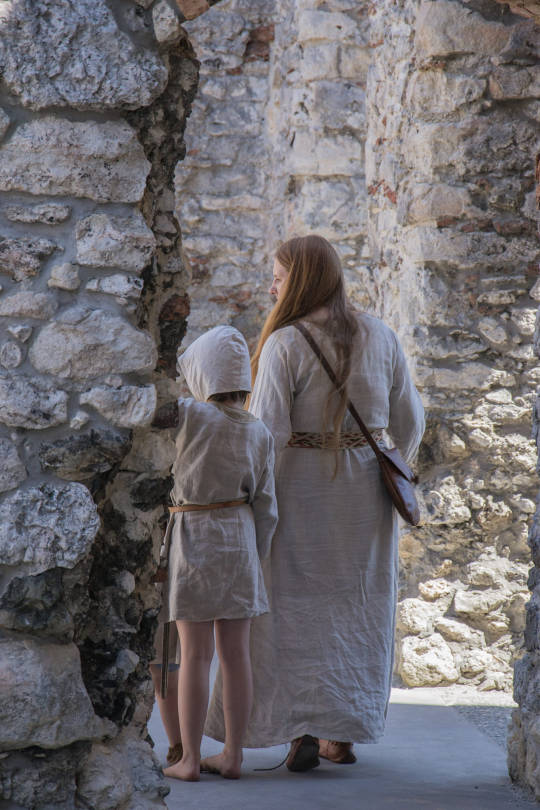
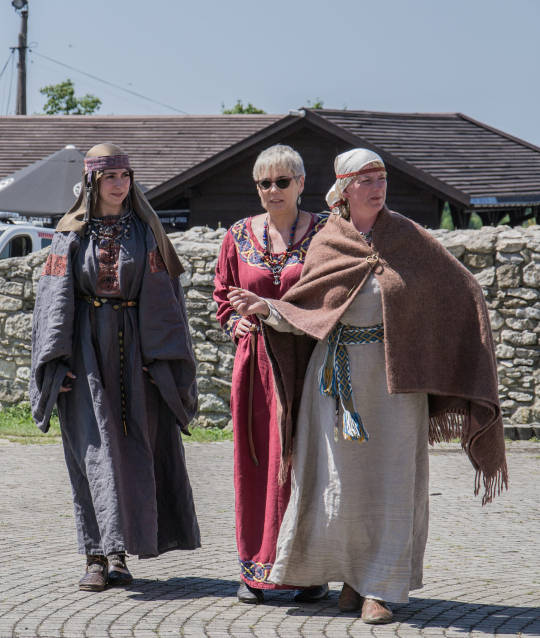
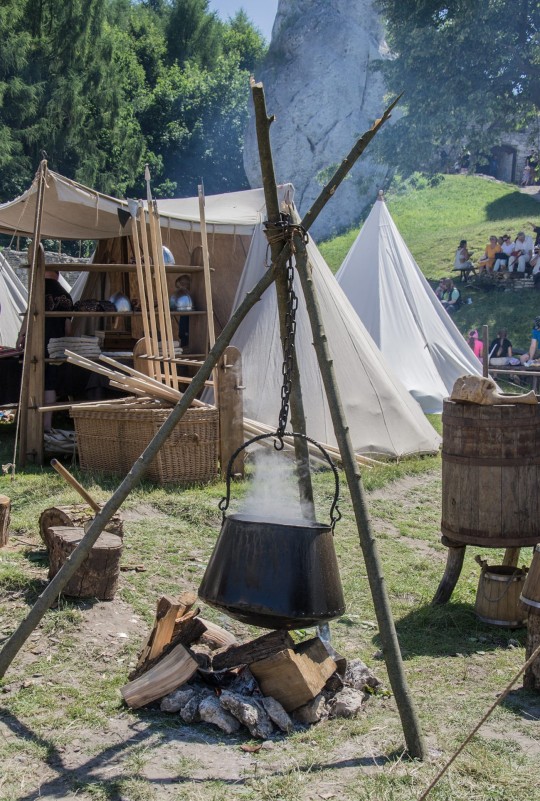



Ogrodzieniec Early Medieval Festival, Poland
© Aleksander Gabrysiak
#ogrodzieniec#castle#medieval festival#medieval#middle ages#poland#polska#polishcore#polish culture#europe#european culture#knights#early medieval#slavic#slavcore#western civilization#castle ruins#slavs#history#historical clothing#*
270 notes
·
View notes
Photo
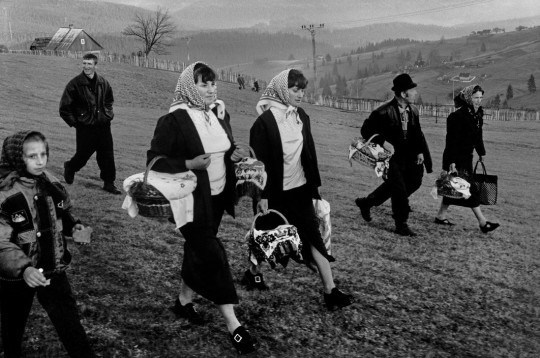
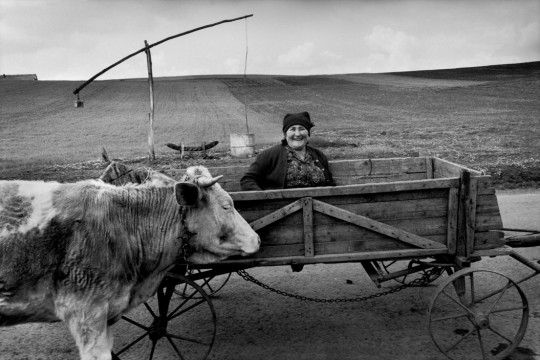



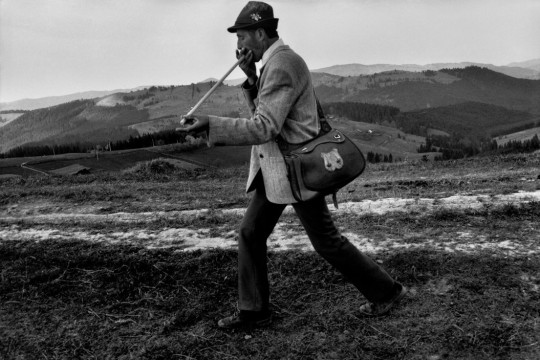

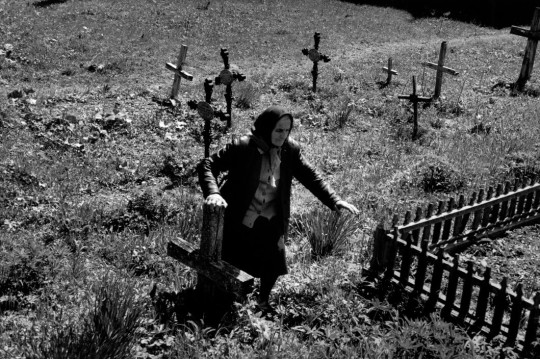
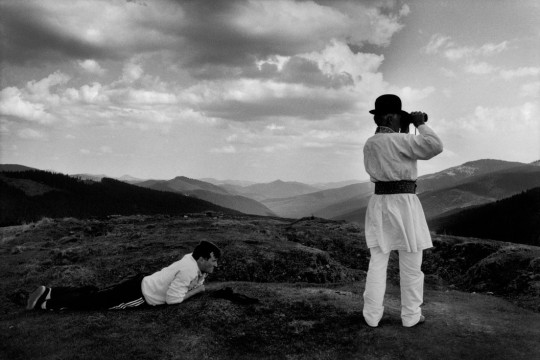

Photographs taken in the southern part of Bucovina and adjacent Carpathian areas located in Romania by Josef Koudelka
#josef koudelka#photography#Romania#europe#b&w photography#balkans#romanian#bucovina#bukovinian#romanians#slavs#ukrainians#hustuls#carpathians
286 notes
·
View notes
Text
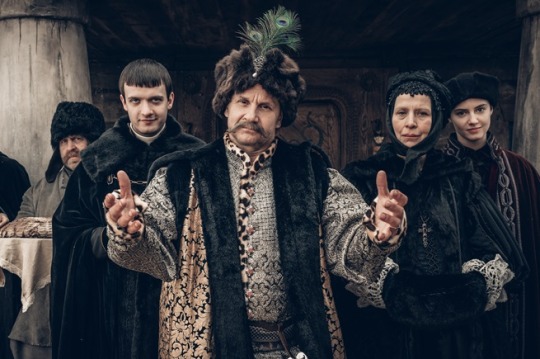
Okay, my sweet pampers. A new historical comedy just dropped. I KNOW it's not supposed to be historically accurate and it annoys me when common historical realities are presented as the most absurd thing compared to the modern world, but I can say that after the first episode I'm enjoying it a lot.
#also I am just glad to have something remotely close to With fire and sword#1670#1670 netflix#rzeczpospolita#Rzeczpospolita Obojga Narodów#slavs#slav#slavic#slavic culture#ťumbľr#čumbrl#with fire and sword#ogniem i mieczem#I just miss my favorite bouncy Cossacks boys
154 notes
·
View notes
Text

168 notes
·
View notes
Text
Pirot Kilim ornaments

Чурлињак (čurlinjak) - The most basic motif, representing a cross section of the lower part of the whisk for mixing ingredients (called čurlinjak).
Врашко колено (Devil's knee) - The motif comes from the pre-Christian Slavic religion. It symbolises movement in circles (kolo dance) and the flow of life, and provides strength, bravery and defense against evil.
Корњача/жељка (turtle) - The most popular pattern of the Pirot Kilim. It symbolises durability and longevity and brings fertility, healthy life and protection from danger.
Ченђели (čenđeli) - Represents a grappling hook mounted on a wooden pole, used for hanging things.
Бомбе (bombs) - It beard this name due to its semblance to handgranades, but the motif has existed since before handgrandes were invented. It provides strength and energy, especially to men, so the kilims with this motif were usually gifted to boys for their life milestones.

Гуштер (lizard) - This pattern probably originates from modified depictions of dragons. It represents laziness and indifference, but also change, flexibility and adaptation to the world.
Ђулови (roses) - It represents a stylised cross section of a rose, showing both the exterior as well as the pistils, anthers and seeds inside. It is symbolises a young woman and her beauty. Kilims with this motif are often gifted to daughters by their mothers. Different variations of this motif exist, some of which (the roses on shackles) were, according to legends, made as rebellion of kilim weavers against the Ottoman repression.
Ђаволчићи (Little Devils) - The devil is represented as a human figure turned upside down, with the devil's head turned towards the underworld, and a bird on the other side representing the heaven.

Гугутка (dove) - Birds protect from evil spirits and diseases and connect the earth and sky. It represents family harmony, love, peace and joy, and as such kilims with this motif are often gifted to new homeowners. This motif can often be seen arranged around a pole, representing a tree full of birds.
Атапот (atapot) - It represents an octopus, and the name probably came from a distorted pronunciation of the word oktopod (octopus).
Француске бомбоне (French candies) - This motif was probably inspired by silk candy wrapped in decorative paper and brought to Serbia from distant lands. According to a folk story, when the French soldiers liberated Pirot in the First World War in 1918, the kilim weavers designed this pattern as a sign of gratitude.
Столица (chair) - It represents an antique chair and the inspiration for this pattern came from the everyday life of the kilim weavers.
Тиче (tiče) - It represents a small bird.
Source: "Ornaments of Serbia: the Pirot Kilim" by Milica Živadinović. Art by me.
#art#water color art#serbia#serbian#kilim rug#folklore#balkans#balkan#traditional art#water colour art#slavs#slavic#south slavic
364 notes
·
View notes
Text
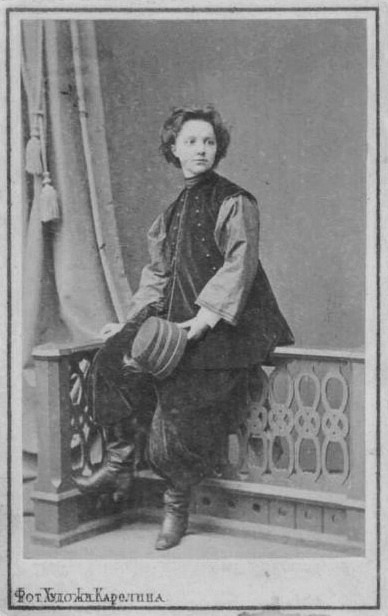
Woman in a Russian man's costume,Nizhniy Novgorod (1870s)
Photography by Andrey Karelin (1837-1906)
#Россия#Russia#vintage#photography#Нижний Новгород#Nizhniy Novgorod#русский фотограф#russian photographer#photographer#Андрей Карелин#Andrey Karelin#русский народный костюм#russian costume#costume#traditional#русские#russians#people#slavs#русская культура#russian culture#culture#slavic#black and white#russian#european#vintage photography#1870s#19th century
66 notes
·
View notes
Photo
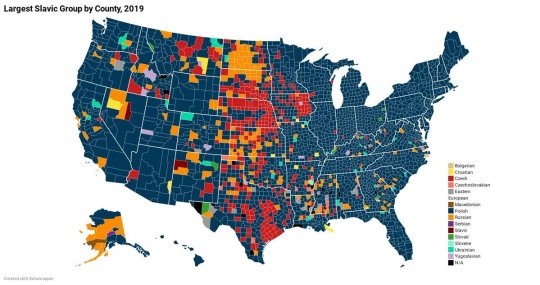
Largest Slavic Ancestry By US County.
186 notes
·
View notes
Text
The word “Slavs” in the Slavic languages
Old Church Slavonic: Словѣне (Slověne)
Ukrainian: Слов’яни (Slovjany)
Slovak: Slovania
Czech: Slované
Polish: Słowianie
Kashubian: Słowiónie
Silesian, Lower Sorbian: Słowjany
Upper Sorbian: Słowjenjo
Slovene: Slovani
Serbian, Macedonian: Словени (Sloveni)
Montenegrin: Словјени (Slovjeni)
In these languages the pronunciation of the root has shifted from /o/ to /a/:
Russian, Belarusian, Rusyn: Славяне (Slavjane)
Bulgarian: Славяни (Slavjani)
Croatian, Bosnian: Slaveni
#slavs#slavic#ukrainian#slovak#czech#polish#kashubian#silesian#sorbian#slovene#serbian#macedonian#montenegrin#russian#belarusian#rusyn#bulgarian#croatian#bosnian
170 notes
·
View notes
Text
playing Nina Kodorska "Już mój Kochanek" on the loop
"1670" Netflix
125 notes
·
View notes
Text
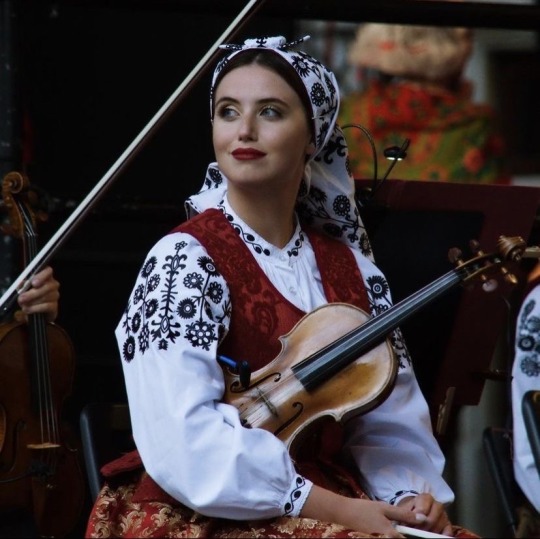
Urzecze, central Poland.
Państwowy Zespół Ludowy Pieśni i Tańca „Mazowsze”
#poland#polska#slavic#polish folk#slavic folklore#polish folklore#slavic folk#folk costume#slavs#folk
147 notes
·
View notes
Text
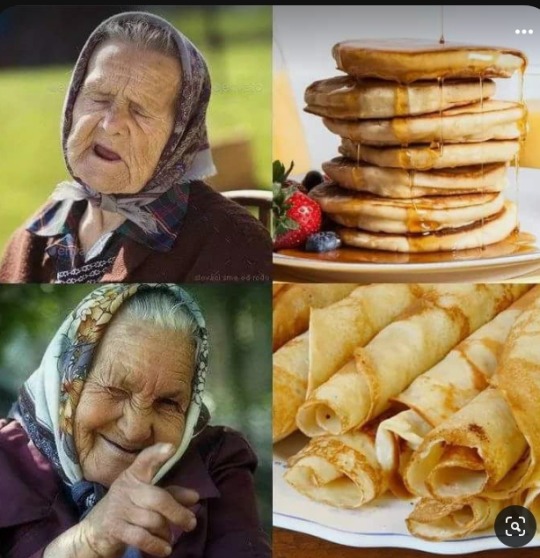
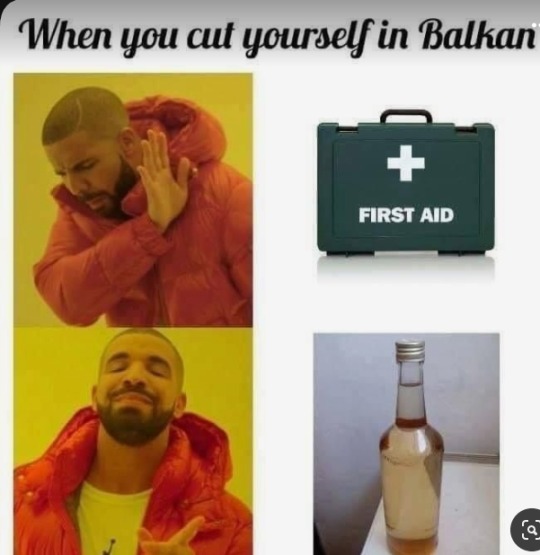
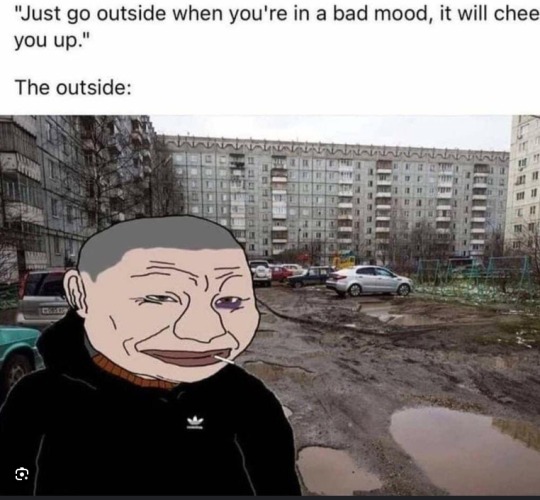

m becoming obsessed w Slavic memes
#slavic#slavic stuff#slavblr#slav#balkan#slavs#slavposting#memes#funny#meme#ahahahah#i ak somgood at tagging styff (no im not)#relatable#hashtag relatable
87 notes
·
View notes
Photo
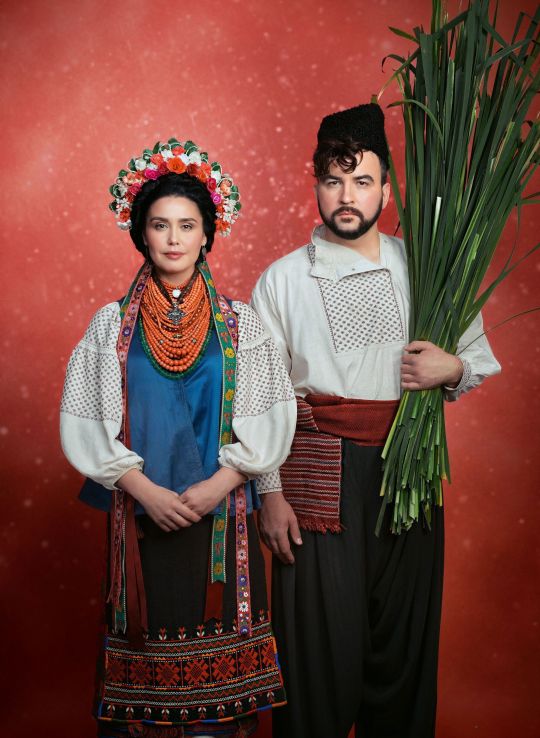
Ukrainian Folk Costumes - Ruslan Sanychkin
109 notes
·
View notes
Text

195 notes
·
View notes
